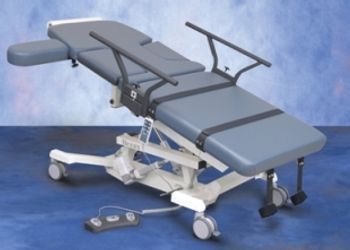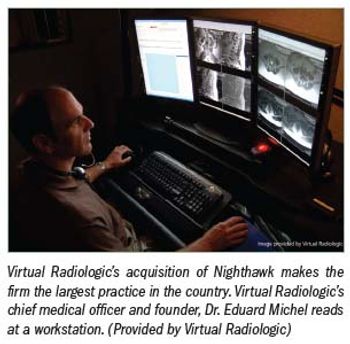
The new ACO model could dramatically affect how radiologists practice, and now’s the time to get involved in the process. Dr. Steven Gerst, MD, MBA, MPH, CHE, vice president of medical affairs at technology company MedCurrent, sheds some light on ACOs and what radiologists should be doing now to prepare.




























